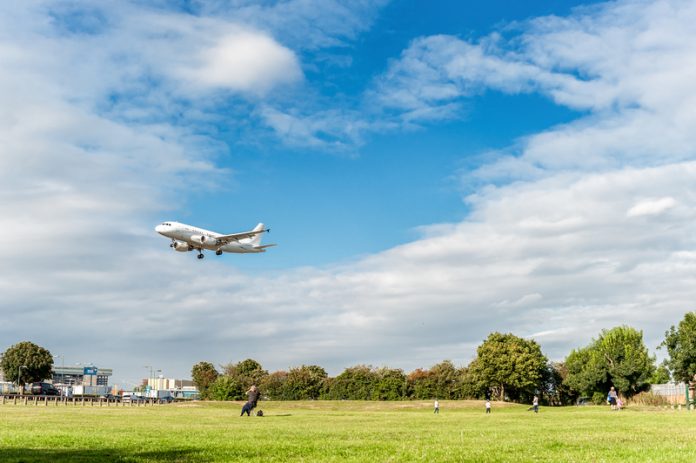Graham Bolton, Chairman of the British Aviation Group provides an insight into the role of the aviation sector within the UK economy
The aviation sector plays a key role in the UK economy, contributing some £20 billion per annum to the economy and directly supporting around 230,000 jobs. The national and international connectivity it provides supports trade in goods and services; enables inward and outward tourism; whilst connecting friends and families around the world.
With one of the world’s largest and most competitive aviation markets, the UK aviation sector is of global significance, setting standards for operational performance and promoting innovation. We are home to one of the world’s top ten airports for passenger satisfaction, the world’s busiest single runway, and we lead in adoption of new technologies for aviation security and passenger processing.
Building on the experience gained at UK airports, the British Aviation supply chain supports development and operation at airports of all sizes around the world – with UK businesses providing goods and services to all the world’s largest 50 airports and a wide cross-section of the balance.
Despite the significance of the aviation sector, the development of our airport infrastructure has at times lacked strategic direction from the national government – whether in planning for new capacity or in the integration of airports with the wider transport network. Perhaps, with a draft National Policy Statement on expansion in the South East, and development of a national strategy in progress, we can hope for a clearer and more consistent direction in the future.
So how then can government support the sustained development of this sector, in both its planning for post-Brexit trade and in development of the Aviation Strategy?
Ensuring the market stays open
Firstly, and perhaps most urgently, it is essential that arrangements are made to maintain market access for when the UK leaves the European Union. Our membership of the European Common Aviation Area (ECAA) and bilateral agreements between the EU and 3rd countries currently govern air access to 44 countries, accounting for around 85% of the UK’s international connections. With airline tickets typically going on sale up to a year in advance, a plan for spring 2019 is urgently needed to protect connectivity both within Europe and globally.
Secondly, we need the development of a national strategy for aviation that allows all airports to plan with confidence the capacity required for sustainable traffic growth. The first step in this process should be the adoption of the National Policy Statement for capacity in the South East in early 2018, but this needs to be complemented by wider consideration of capacity needs across the nations and regions of the UK.
Growth in airport capacity will need to be aligned with the modernisation of UK airspace – delivering greater capacity, and thereby reducing cancellations and delays, and minimising the impact of aviation on communities and the environment. The implementation of changes already outlined in the 2017 consultation will require continued government commitment and resourcing by the CAA.
Likewise, airport expansion will need to be coordinated with a strategy for ground transport that achieves a more sustainable and passenger-centric integrated transport solution. Surface access to Heathrow is already considered in the draft NPS, with the wider importance of connectivity to airports such as Stansted highlighted by the earlier work of the Airports Commission. Improved rail connectivity to all main UK airports should be a national priority – to be achieved through a combination of new physical infrastructure and updated operating models.
Maintaining the UK’s influence
Finally, we should take the opportunity to ensure that the UK remains at the forefront of innovation to improve safety, environmental performance and passenger experience. Our aviation sector currently leads the world in areas such as air traffic management, passenger processing and screening, and sustainable building design – based on collaboration between regulators, operators, and supply chain.
Cross governmental support for investment in and application of new technology and process – such as roll-out of biometrics for identity management or autonomous vehicles for airside operations – will help us maintain this position. This should be underpinned by our continued involvement in multi-national agencies and initiatives, including the European Aviation Safety Agency (EASA) and single European sky (SESAR) programme.
So then, as the UK government develops future domestic transport and international trade policy, there is a clear challenge: are we prepared to recognise the value that the aviation sector brings to Britain as a global trading nation, and provide a policy environment under which it can continue to thrive?
Graham Bolton
Chairman of the British Aviation Group
Market director for aviation, Atkins
Graham.Bolton@atkinsglobal.com











